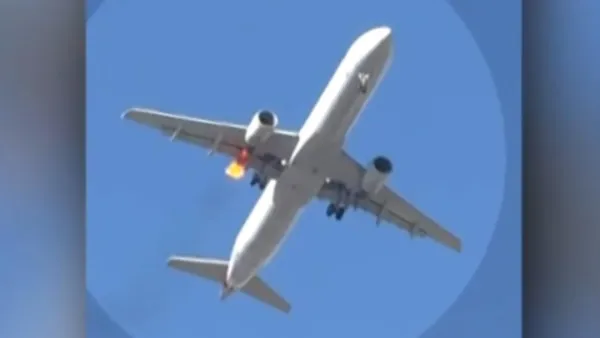Astronomers Mistakenly Thought Distant Radio Burst Originated from Space — Turns Out It Was a Dead NASA Satellite

In a surprising turn of events, a powerful and mysterious radio wave burst once believed to be a fast radio burst (FRB) from distant galaxies was actually traced back to an old NASA satellite called Relay 2. Detected in June 2024 by the Australian Square Kilometer Array Pathfinder (ASKAP), the burst lasted less than 30 nanoseconds and was initially considered a cosmic mystery. However, further investigation revealed that the signal originated from Relay 2, launched in 1964 and inoperative since 1967.
This detection highlights the challenges astronomers face when distinguishing between signals from space and man-made objects near Earth. Experts noted that the burst's characteristics—such as its extremely short duration—are inconsistent with true FRBs, which originate billions of light-years away. Instead, the signal likely stemmed from an electrostatic discharge or micrometeorite impact on the aged satellite. While initially disappointing, the discovery provided valuable insights into satellite monitoring and space debris, emphasizing the importance of ground-based radio observations in tracking artificial objects.
Scientists also pointed out that genuine FRBs usually display a dispersion measure indicating their cosmic origin, whereas this signal demonstrated minimal delay, confirming its terrestrial source. This case underscores the importance of precise localization in astronomy and suggests that some fast radio-like signals near Earth may be man-made, urging ongoing vigilance in space observation efforts. Researchers aim to better understand such phenomena to improve satellite safety and the detection of genuine extraterrestrial signals.




